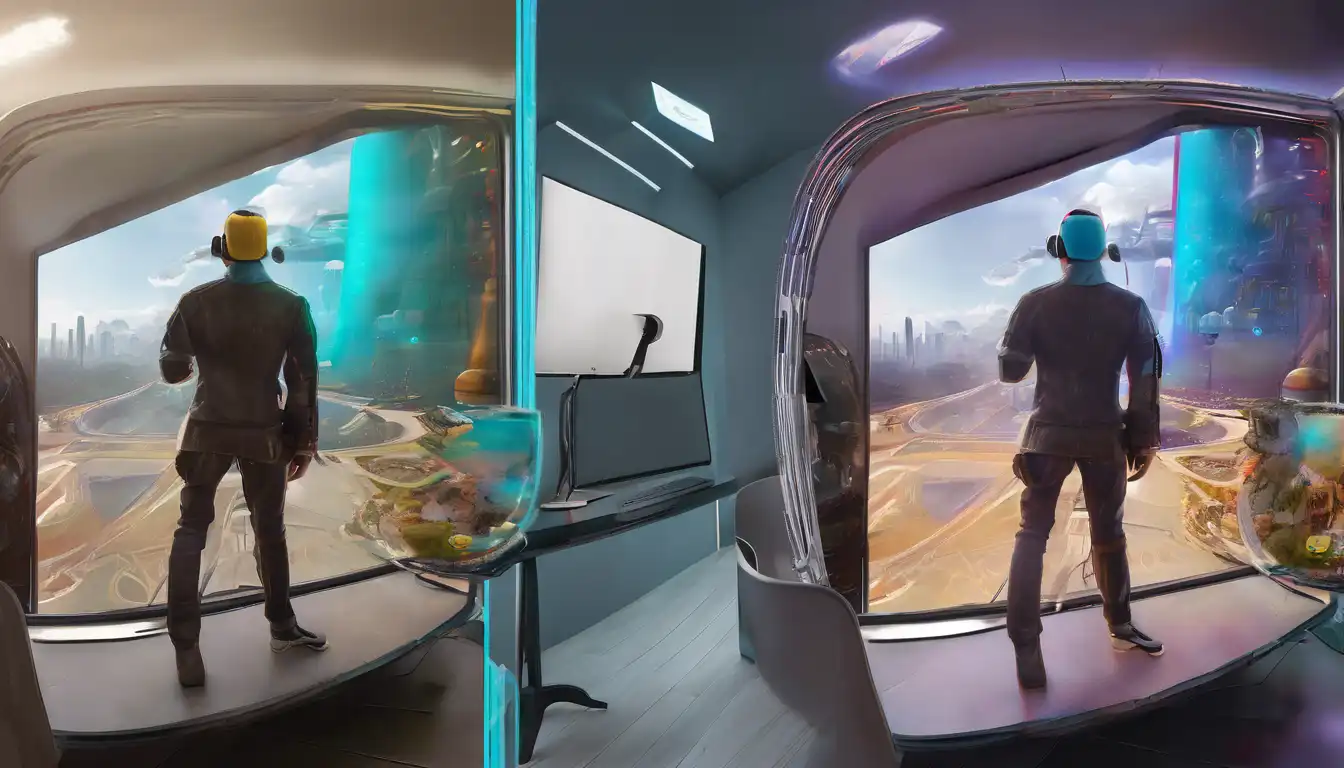Understanding Virtual Reality and Augmented Reality
In the rapidly evolving world of technology, Virtual Reality (VR) and Augmented Reality (AR) stand out as two of the most exciting and innovative developments. While they are often mentioned in the same breath, VR and AR offer distinctly different experiences. This article delves into the key differences between these two technologies, helping you understand their unique features and applications.
What is Virtual Reality?
Virtual Reality is a fully immersive technology that transports users into a completely virtual environment. By wearing a VR headset, users are cut off from the real world and immersed in a digital space where they can interact with 3D worlds. VR is widely used in gaming, training simulations, and virtual tours.
What is Augmented Reality?
Augmented Reality, on the other hand, overlays digital information onto the real world. Unlike VR, AR does not create a fully immersive environment but enhances the real world with digital details. This technology is commonly used in mobile apps, such as Pokemon Go, and in retail to try products before buying.
Key Differences Between VR and AR
The primary difference between VR and AR lies in their level of immersion. VR offers a completely virtual experience, while AR enhances the real world with digital elements. Here are some other notable differences:
- Environment: VR creates a fully artificial environment, whereas AR adds to the existing environment.
- Equipment: VR requires a headset and sometimes additional gear, while AR can often be experienced through smartphones or tablets.
- Use Cases: VR is ideal for immersive gaming and simulations, while AR is used for interactive marketing, education, and navigation.
Applications of VR and AR
Both VR and AR have a wide range of applications across various industries. VR is transforming the gaming industry, offering players an unparalleled immersive experience. It's also used in healthcare for surgical training and in real estate for virtual property tours. AR, meanwhile, is revolutionizing retail by allowing customers to visualize products in their own space before making a purchase. It's also enhancing education through interactive learning materials.
Choosing Between VR and AR
Deciding whether to use VR or AR depends on your goals. If you're looking for complete immersion, VR is the way to go. However, if you want to enhance the real world with digital information, AR is the better choice. Both technologies offer unique benefits and are shaping the future of digital interaction.
For more insights into immersive technologies, check out our articles on Tech Trends and The Future of Gaming.
